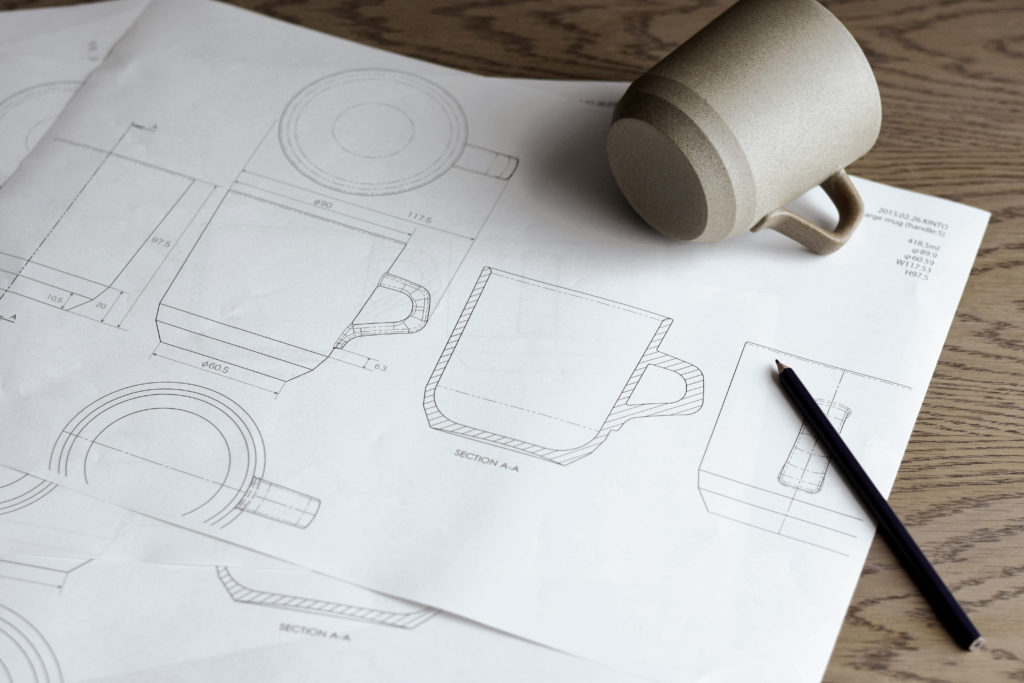
KINTO’S SLOW LIFESTYLE (Photo: KINTO)
Namiko Kajitani is a flower designer in Japan, who recently worked on styling for KINTO’s new product launch exhibition. If you click open her story page on the Journal section of the company’s website, you will be amazed at how beautiful her works are until you notice: KINTO is in the frame too. By expanding its designs into lifestyle accessories, such as plant pots, KINTO can be seen in more daily scenes nowadays, from homes to coffee/tea shops, florists, and even gyms (its colorful WORKOUT BOTTLE). This is a big advance from its very first days back in 1972 when KINTO was a wholesaler of tableware.
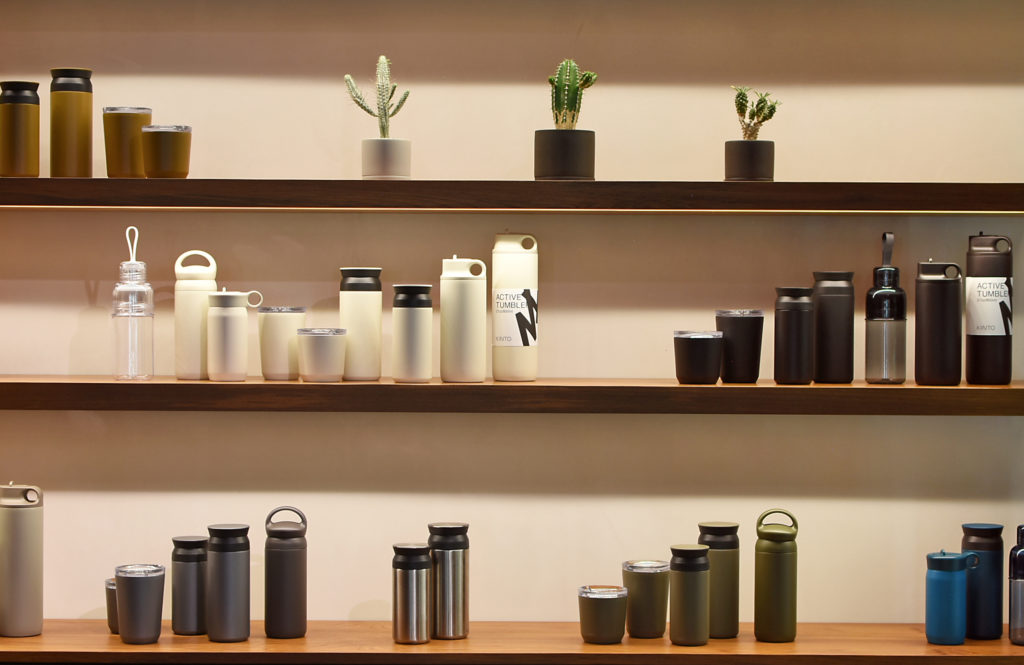
Photo: KINTO
Since it set out to design its own products, KINTO’s brand image has been getting stronger both in Japan and worldwide.
In Tokyo, a dedicated store opened recently to visitors as a bid to “express the comfort and richness in our daily life that we value,” explained Laura Takemoto from the Communications Department at KINTO. From time to time, the place is also deployed as a venue for displays and workshops. For example, a tea demonstration by Mr Onishi, owner of tea shop Uf-fu, was held there last month.
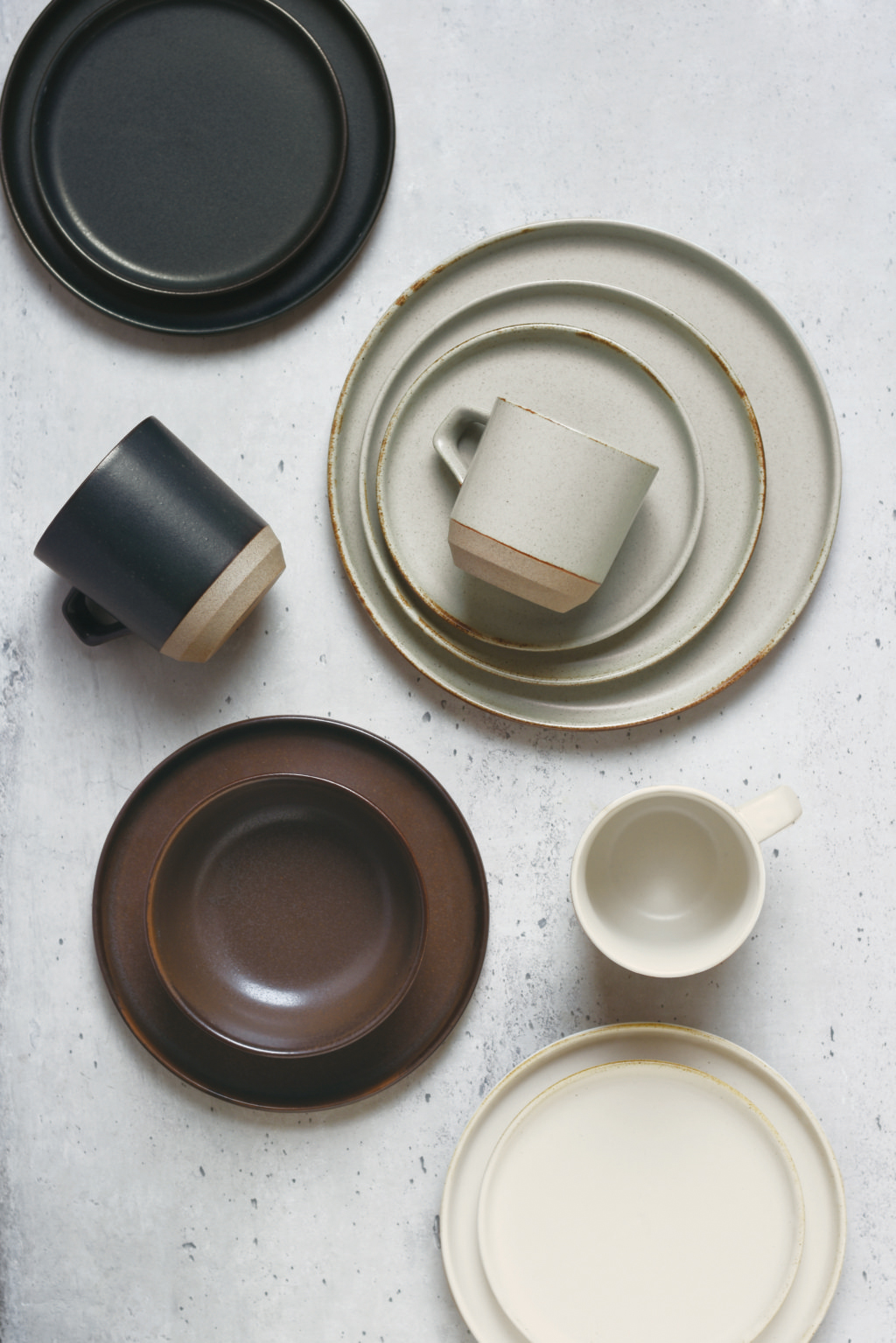
Photo: KINTO
Aspiring to enrich daily life and help people to embrace a thoughtful yet casual lifestyle, KINTO’s passion to create products that bring comfort and inspiration has attracted users from all backgrounds and from different regions. Takemoto said: “All of our products have a subtle elegance, designed to blend in harmoniously with the living space while adding a unique touch.”
In such ways, KINTO’s presence has ‘touched up’ many of our life moments.
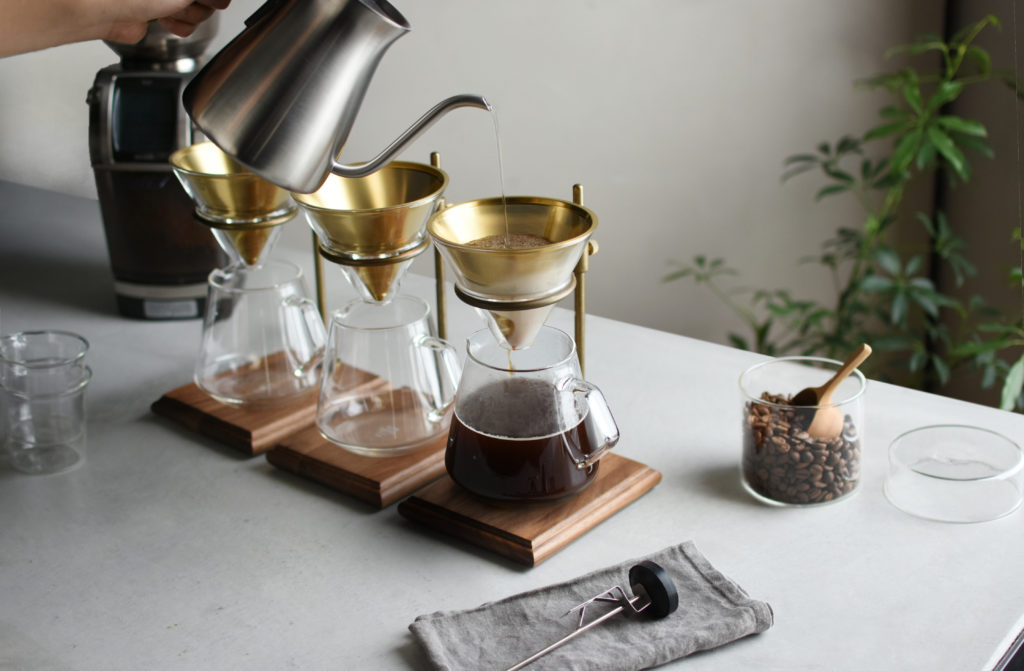
Photo: KINTO
A Balance of Usability and Aesthetics
The consistency in design in KINTO flows across the categories and lines of product. A balance between usability and aesthetics is emphasized in all products. “We believe that business and home users appreciate that,” Takemoto pointed out. Many people may wonder, what makes a KINTO mug different from all the other mugs? The answer is usability. She explained: “We believe in products that are easy to use daily; human movements such as holding, pouring, and drinking are carefully considered in the design details.” For example, the functionality of FARO dripper lies in the single hole at its flat bottom, which helps to limit the flow rate and brew a better cup. The matching mug to be placed under the dripper is perfect for 1-serving brew, a best pal on a busy morning or simply for a coffee break.
Across the lines, you may notice the changes of designs and materials. According to Takemoto, the product development team works on product concepts, and thinks about the feeling of enrichment and comfort they wish to convey through different forms, materials, and textures.
“Studying various materials and choosing the (right) material is part of the process of working to achieve the best balance between usability and aesthetics,” she stressed.
At Yinshan Coffee in Chengdu, China, KINTO is widely used for its in-store drinks. “I chose KINTO because its design style matches our store concept. KINTO’s products are sleek and functional. We want our customers to enjoy a slow coffee time in our store — KINTO provides such a feeling during the use (of its product),” the co-founder Hojin Choo shared. He also likes ALFRESCO. “They are not easy to break even if they fall to the ground, which is great news to coffee shops like us. None is broken so far.”
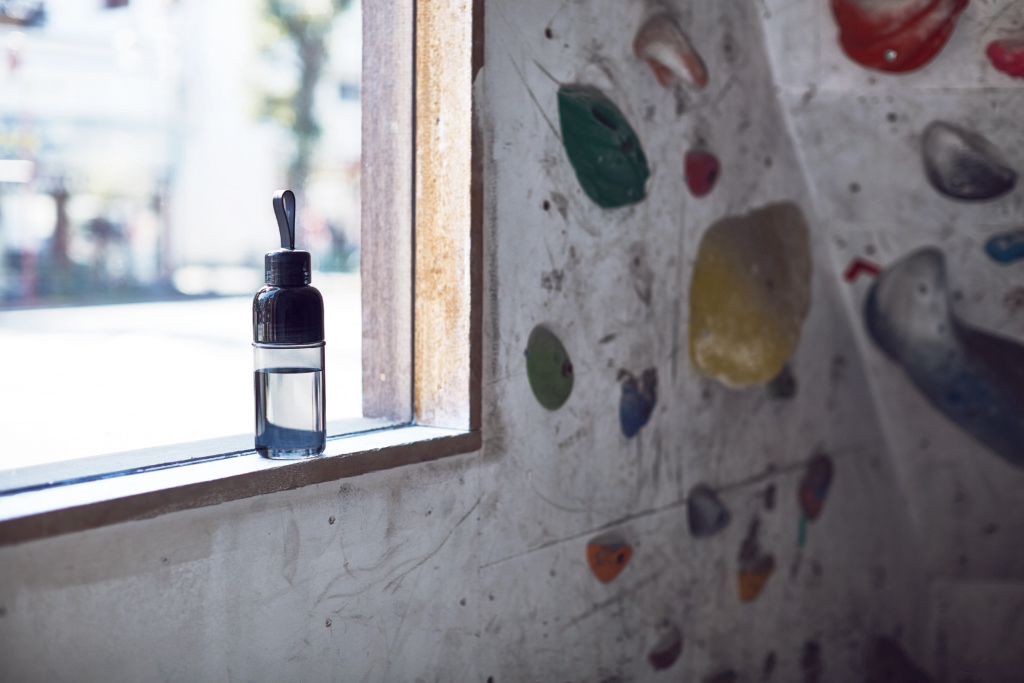
Photo: KINTO
Richness of Going Slow
Cafe hopping has been on the to-do list for many travelers whenever they explore a new place, either as a way to slow down or simply to enjoy being a local. In Japan, coffee shops are scattered around in cities like Tokyo and Kyoto. Streets are filled with intriguing aromas and fragrances from freshly roasted and brewed coffee. “Since there are so many options for coffee/tea as well as coffee/tea ware,” Takemoto reasoned, “I believe that we want to choose something that we can relate to, and that we know has been made with great care and thought.” The choice of drink ware is actually a reflection of the user’s attitude to life as well as a concept held by the shop owner. It then gradually has influence on more people and shapes what we call a trend.
In Choo’s eye, it is important to match product with drink ware. “Good drink ware brings values to a product. It is part of the product that you want to present to the customer.” The most memorable design detail to him is the thin rim of the mug. “It’s very comfortable when we drink from a KINTO mug,” he explained. “The design looks simple but the details show the difference.”
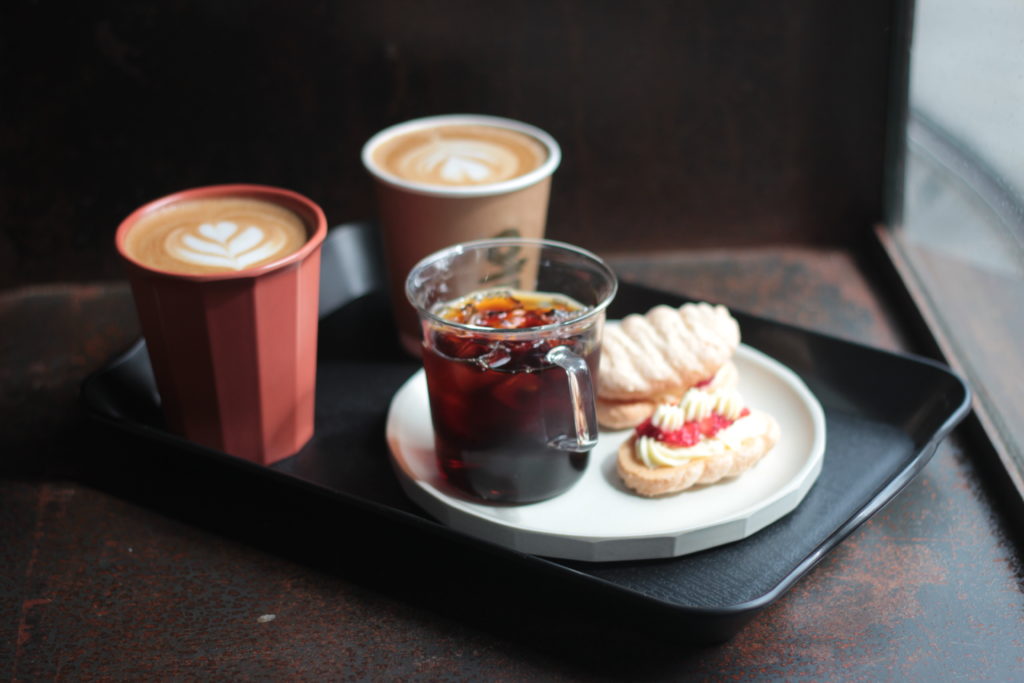
Yinshan Coffee
Indeed, design is a big part of coffee ware nowadays but it may not be a recent trend. “I believe people who appreciate specialty coffee and tea are also enjoying coffee and tea ware made with craftsmanship,” Takemoto pointed out. KINTO’s collection of SLOW COFFEE STYLE SPECIALTY is a good example. With an aim to highlight the craft of coffee and coffee ware, its stainless steel filter lets you brew coffee directly without using a paper filter, while its holder can also measure coffee beans. To build your own coffee corner, mugs and accessories like canister and paper filter stand from the collection will help you complete your slow lifestyle from A to Z. Takemoto said: “Products with an ease of use are comforting to all the senses and lead to a growing fondness over time.”
To Beijing-based coffee brand dotcom coffee, the choice of KINTO’s ALFRESCO is its determination of going eco-friendly. “KINTO ticks all our boxes, eco-friendly in material, beautiful in style, and functional in use with a reasonable price,” shared a representative from dotcom. The special materials of bamboo also make it perfect to achieve the goal for the brand. The store also has a retail display section for a wide range of KINTO drink ware.
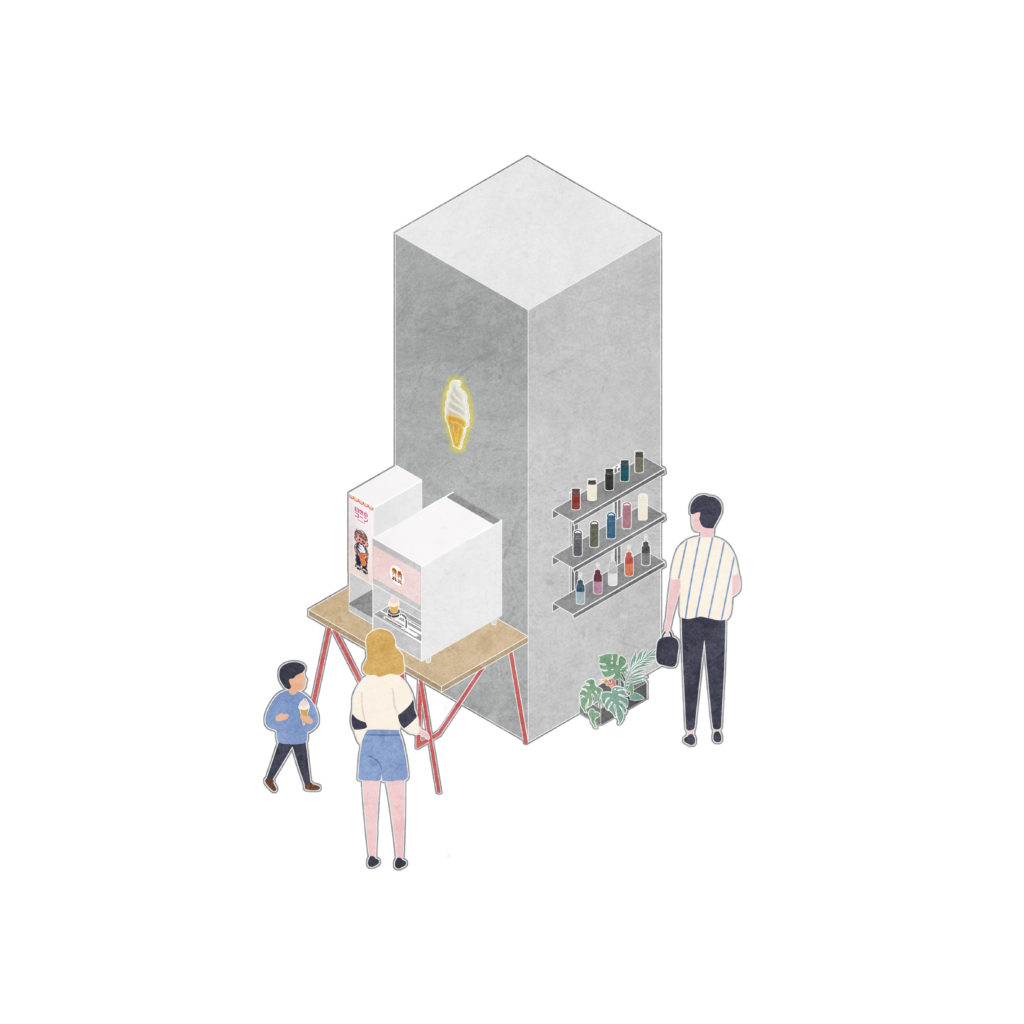
dotcom coffee
Making Everyday Ware
For ceramics, the composition of soil and glaze, the tools and techniques adopted, and the changes in temperature and humidity all matter to the final product. “We value simplicity and elegance, and our products are designed to integrate harmoniously with the surrounding space,” Takemoto revealed. In Hasami Town of Nagasaki Prefecture of Japan, CERAMIC LAB was born from an ambition to inherit craftsmanship. “Our designs are often rooted in the Japanese tradition of craftsmanship,” she shared, “for example, in the nuanced shapes, colors, and details that are carefully considered in order to make sure the product satisfies the user.” The mindset of “sharing inspirations and ideas for making daily life richer and more comfortable” has made KINTO used and loved by people around the world as they start to recognize and appreciate those values deeply rooted in the eastern cultures.
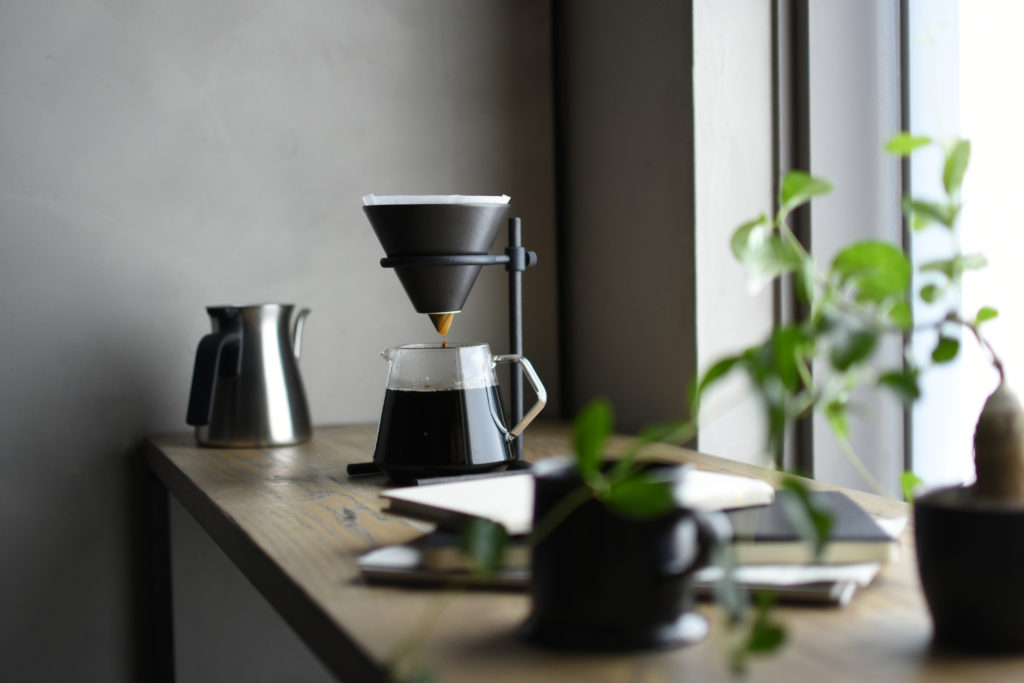
Photo: KINTO
In central London in the United Kingdom, Workshop Coffee serves high-quality coffee from its four locations. With a wide range of KINTO’s coffee ware used for the brand’s events and workshops, the coffee brand serves drinks in a customized KINTO cup at their Fitzrovia location. The design of coffee/tea/glass ware would change and evolve according to people’s lifestyles, as Takemoto believed. However, something that has lasted from the past will continue to shine and light up our daily life, either it is a coffee filter or a ceramic mug in hand.
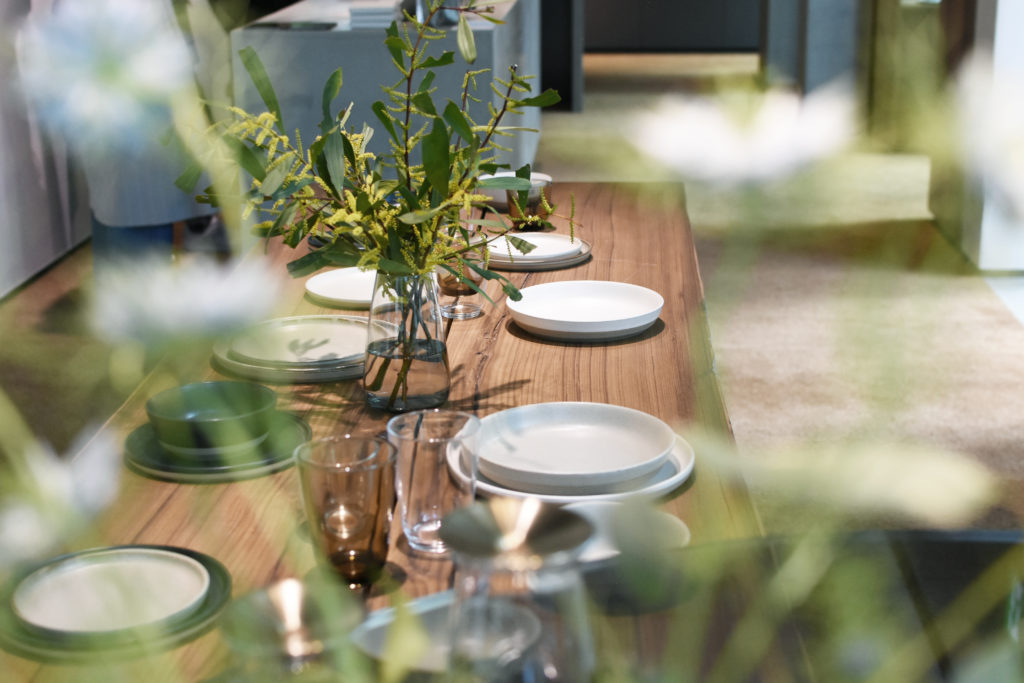
KINTO Store, Tokyo (Photo: KINTO)
KINTO
Established in 1972 in Japan, KINTO’s products have been exported worldwide since 2010. Subsidiaries have been established in Europe in 2016, and in the USA in 2019. Ranging from tableware and drink ware to interior accessories, the brand works to deliver products that inspire and give fulfillment with every touch and use.
kinto.co.jp



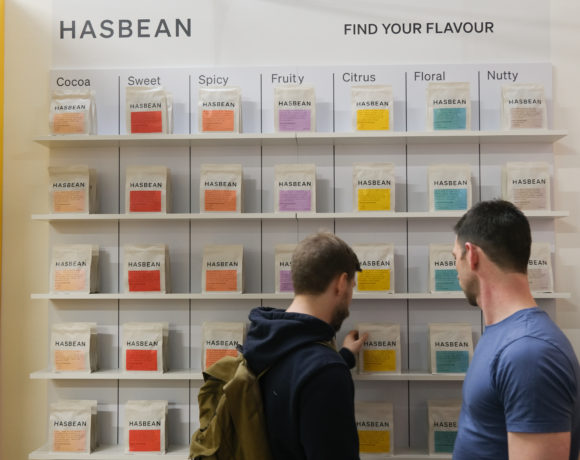
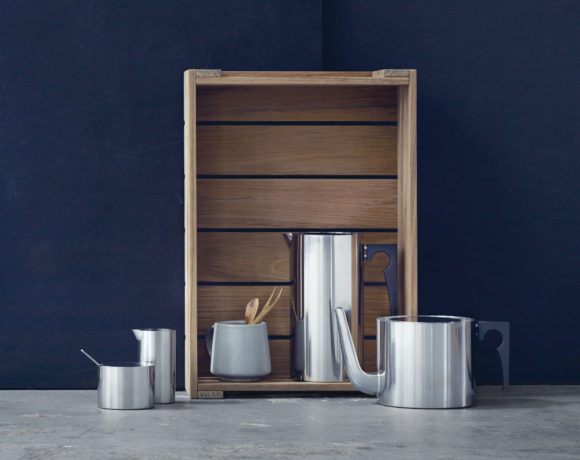
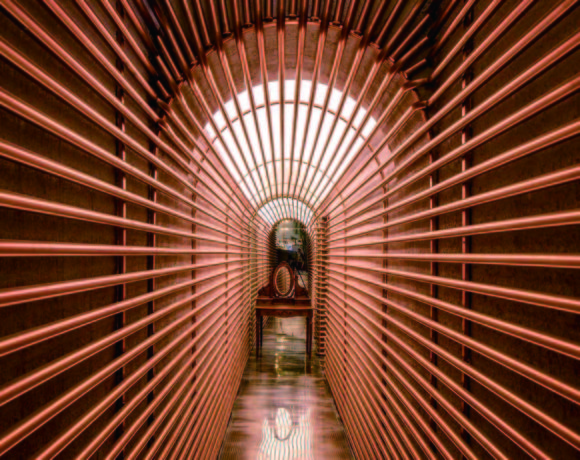






NO COMMENT